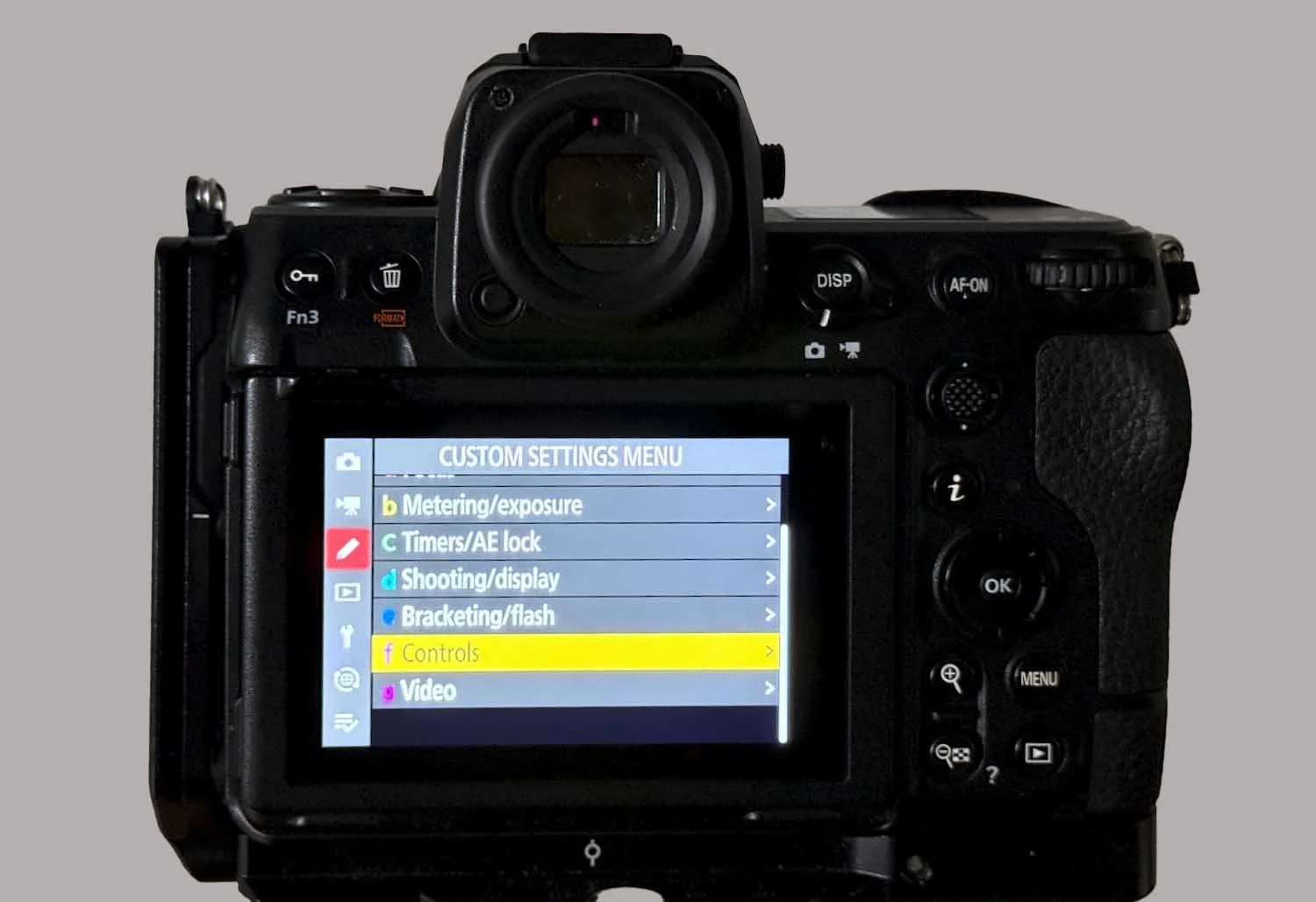Charles Bush Photography Short Blog Posts
🛠️Nikon Z8 Firmware v3.01 – What It Fixes
Need help setting up your Z8 after the v3.01 update? I offer one-on-one consulting for Nikon photographers.
I can also cover this during my Louisiana Photo Tours. Small groups, real-world experience.
Nikon has released a new firmware update for the Z8—version 3.01. While it’s a minor patch, it plays an important role in stabilizing the changes introduced in v3.00. In this post, I’ll walk you through what’s new, what’s fixed, and why I recommend installing it—even if your camera is working fine.
If you've updated your Nikon Z8 to version 3.00, you'll want to install the new v3.01 firmware update right away. Nikon released it in July 2025 as a minor—but important—bug fix patch following the larger v3.00 update, which introduced major features like the Focus Limiter, Pixel Shift shooting, and several customization and usability enhancements.
Version 3.01 doesn’t add new features, but it does correct a few behind-the-scenes issues related to compatibility and performance. Nikon’s official notes mention:
Improved compatibility with certain third-party lenses
General stability improvements for users who had issues after installing v3.00
If your Z8 was behaving normally after the v3.00 update, you may not notice any changes, but it's still worth installing to ensure everything runs smoothly, especially if you use adapted lenses or third-party glass.
➡️ Coming Soon: A hands-on guide to the new Focus Limiter feature introduced in v3.00. I’ve been testing it this week and will walk through how to set it up, when to use it, and how it affects autofocus behavior in the field.
❓ Frequently Asked Questions about Nikon Z8 Firmware v3.01
Is the Nikon Z8 v3.01 firmware update required?
No, it’s not mandatory—but it's recommended. While v3.01 doesn’t add new features, it improves stability and fixes compatibility issues with certain third-party lenses. If your Z8 is already on v3.00, this is a smart next step.
What does the Z8 firmware v3.01 fix?
According to Nikon, the v3.01 update improves compatibility with some third-party lenses and addresses minor performance issues. No new functionality was added.
How do I install the Z8 firmware update?
You’ll need to download the firmware file from Nikon’s support site, copy it to a formatted memory card, and use the camera’s firmware update option in the setup menu. Be sure your battery is fully charged before starting the update.
Does v3.01 affect the Focus Limiter or other v3.00 features?
No changes were made to Focus Limiter or Pixel Shift. This update simply builds on the v3.00 release by resolving minor bugs and improving third-party lens support.
If this Nikon Z8 guide helped you, please consider making a small donation to support future firmware testing, field updates, and in-depth setup tutorials.
Keywords: #nikon_z8, #firmware_update, #z8_firmware, #focus_limiter, #z8_focus_limiter, #wildlife_photography, #bird_photography, #camera_settings, #firmware_news
Tour Date Change & Changes to Blog Posts
Updates to the Final Spring Photography Tour & Blog Post Delivery
I’m making a couple of important changes, both to my upcoming Spring Photography Tours and the way I deliver blog posts.
Spring Tour Date Change & Group Size Adjustment
The final Spring Tour is now scheduled for May 18–21, instead of May 25–28. There has been very little interest in the original date, likely because it falls over Memorial Day weekend.
Additionally, I’ve adjusted the maximum group size to three photographers. The boat has been reconfigured to reduce the likelihood of other photographers interfering with the shot, creating a better experience for everyone. I’ve always preferred to keep my tours small to ensure I can provide personalized guidance and attention as needed.
Changes to Blog Post Delivery
I’m also making a shift in how I send out blog posts. Up until now, I’ve been using Mailchimp, which is a great system but requires integration with my website provider, Squarespace. Recently, Squarespace introduced its own email delivery service, which is tightly integrated with the site and offers a seamless experience.
For this post, I’ll be sending it out via both services as a test. If you notice any issues with the new system, please let me know—I’d appreciate the feedback! If all goes well, I’ll be shiting the new system exlusively with the next post.
Thanks for following along, and I look forward to sharing more updates soon.
Thanks
Charlie
Charles Bush
http://www.charlesbushphoto.com
charlie@charlesbushphoto.com
985 223-4708
Set your Camera Time Forward–Daylight Savings Time is Here!
It’s that time again, daylight savings time is here! Don’t forget to set your camera forward!
While you’re at it, check out my photo tours.


